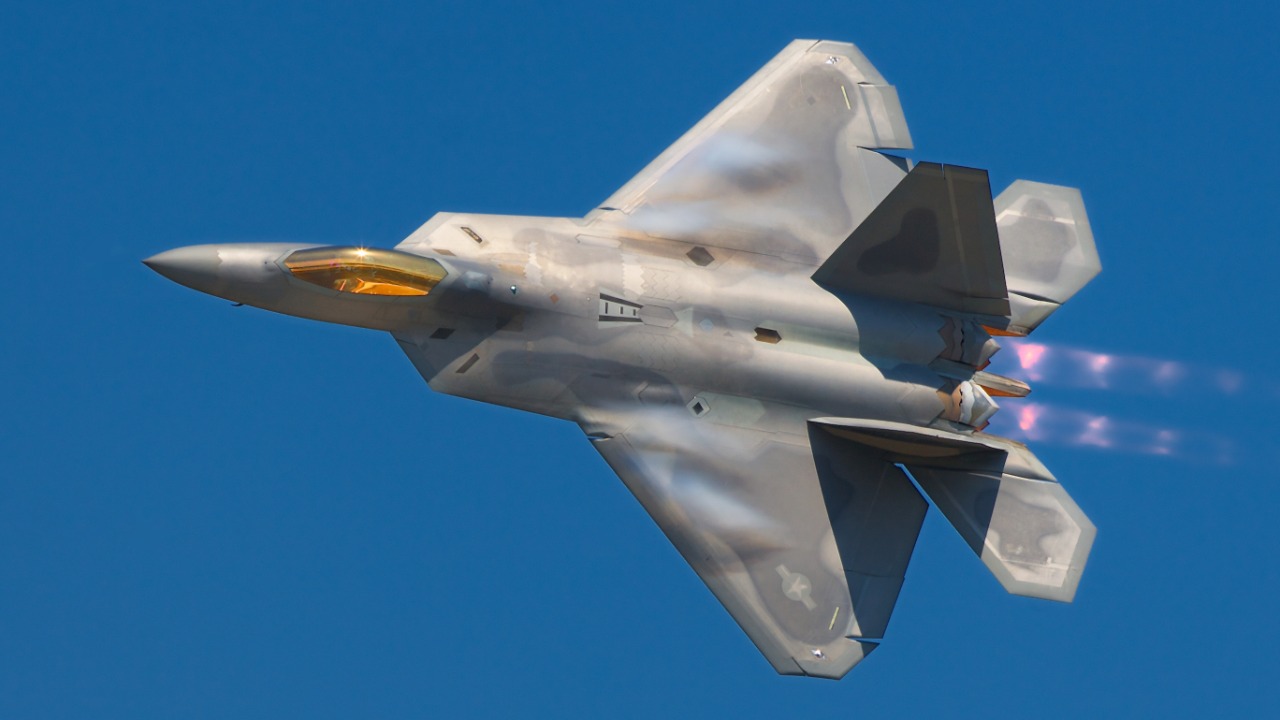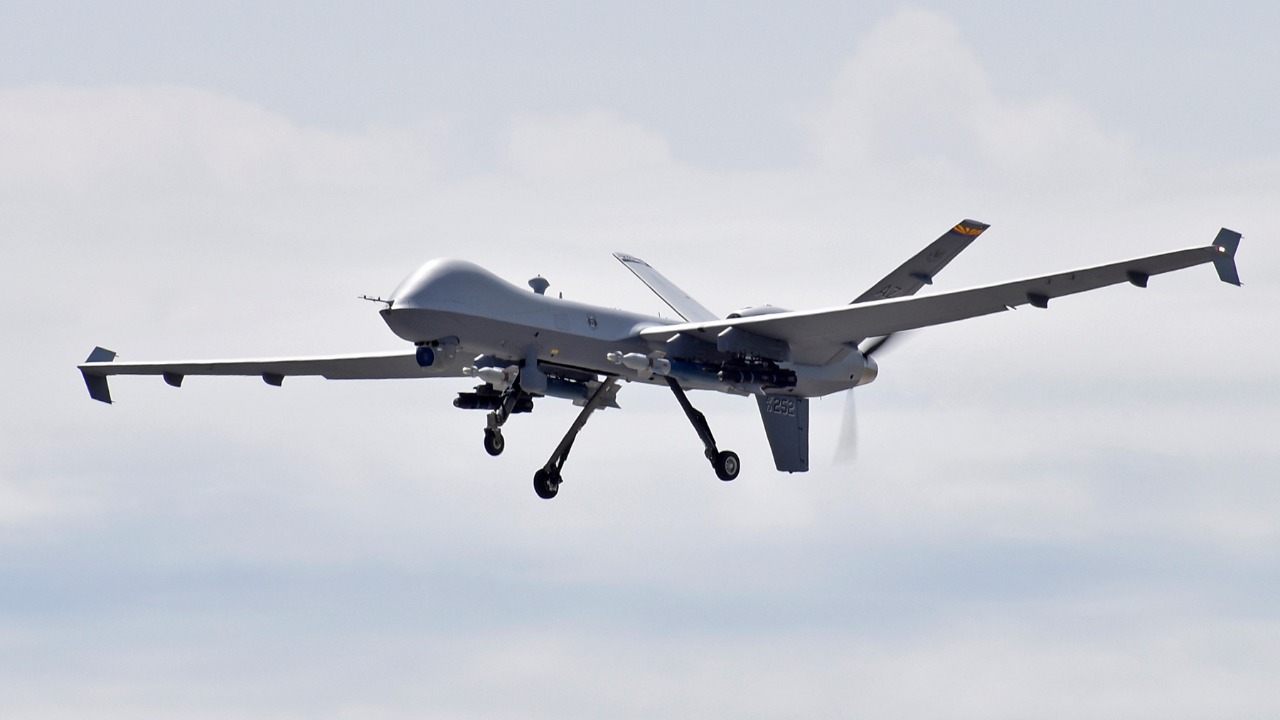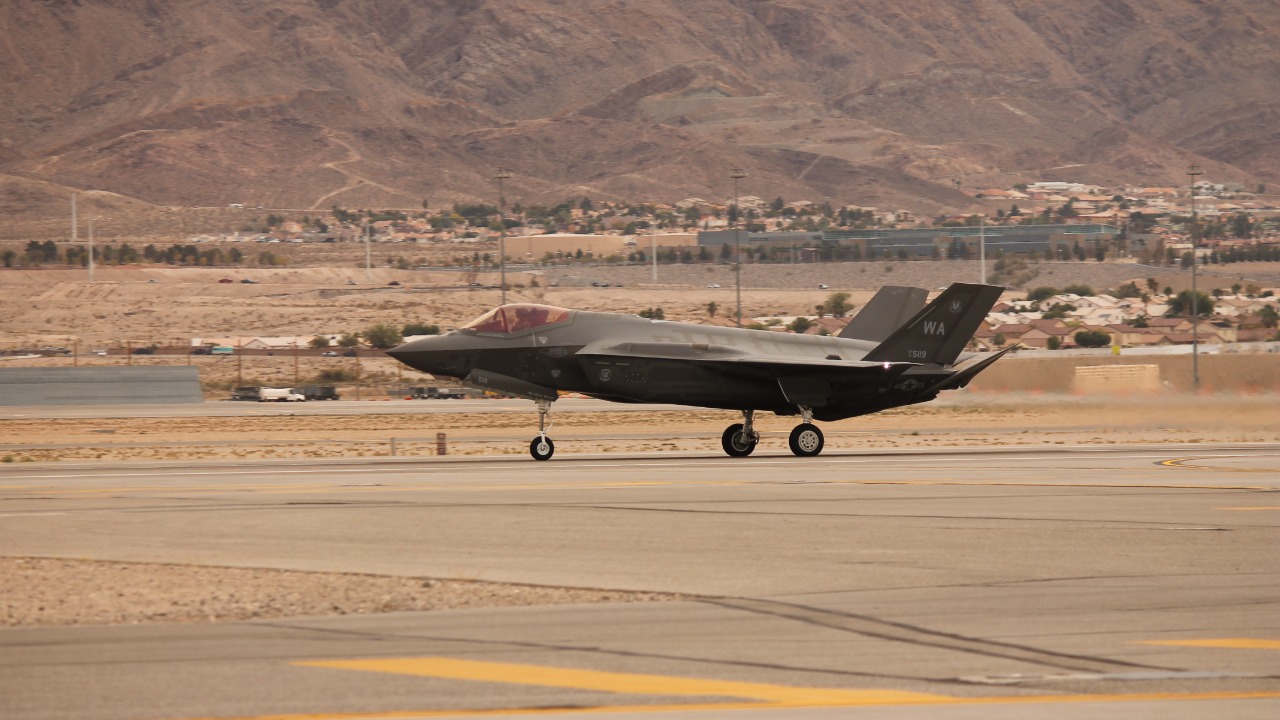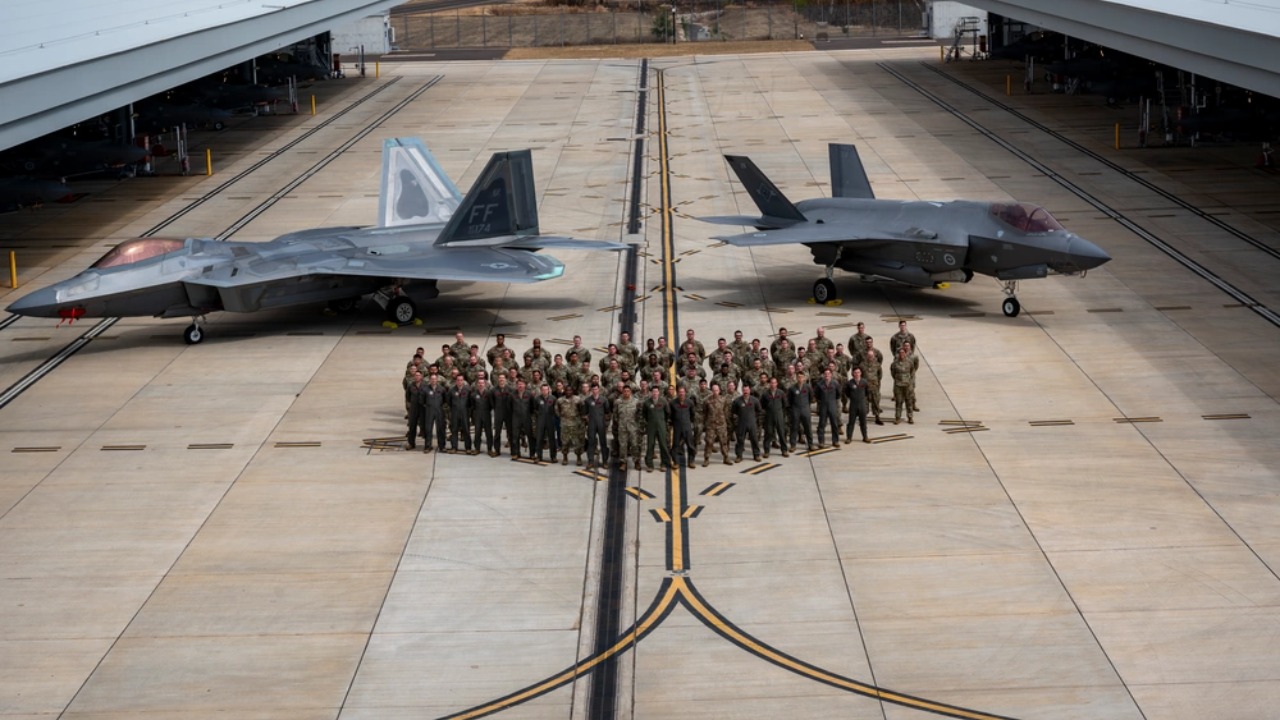
The F-22 Raptor and F-35 Lightning II are already heralded as some of the most advanced fighter jets in the world, but their capabilities are set to expand exponentially with the introduction of the Valkyrie drone. This new unmanned aerial vehicle (UAV) promises to enhance combat effectiveness and operational flexibility, marking a significant evolution in aerial warfare. As tensions rise globally, these advancements could prove crucial for maintaining air superiority.
The Evolution of Air Combat Technology

The journey from traditional manned aircraft to sophisticated unmanned systems has been a transformative chapter in military strategy. The use of drones has revolutionized modern warfare, providing new avenues for surveillance and combat. Initially used for reconnaissance, UAVs have rapidly evolved, integrating advanced technologies to perform a variety of combat roles. Key milestones in their development include the introduction of the MQ-1 Predator, which marked a significant shift from passive observation to active engagement, and the MQ-9 Reaper, known for its precision strike capabilities.
Artificial intelligence (AI) plays a pivotal role in the modern battlefield, and its integration into the Valkyrie drone is a testament to this technological advancement. AI enhances decision-making capabilities, allowing drones to analyze complex data and execute missions with minimal human intervention. The Valkyrie utilizes AI-driven analytics to optimize mission parameters, improve threat assessment, and streamline target acquisition. This integration not only enhances the effectiveness of UAVs but also ensures they remain a formidable component of future air combat strategies. For more on AI’s role in modern warfare, visit AI-enabled drone capabilities.
Features and Capabilities of the Valkyrie Drone

The Valkyrie drone boasts several advanced features designed to enhance its stealth and survivability in hostile environments. Its design incorporates cutting-edge materials and technologies that minimize its radar signature, making it difficult for adversaries to detect. The drone’s aerodynamic shape and advanced coatings further contribute to its low observability, allowing it to operate undetected in contested airspace. These design elements are crucial for missions where stealth is a priority, providing a significant tactical advantage.
Communication and control systems are at the heart of the Valkyrie’s operational capabilities. The drone is designed to seamlessly interface with F-22 and F-35 systems, facilitating real-time data sharing and mission coordination. This integration enhances situational awareness, allowing pilots and operators to make informed decisions swiftly. The ability to share data in real-time also improves mission planning and execution, ensuring that both manned and unmanned assets work in concert to achieve strategic objectives. For further reading on the impact of real-time data sharing in military operations, see this detailed study.
Strategic Implications for Air Superiority

The introduction of the Valkyrie drone represents a significant force multiplier for manned fighter jets like the F-22 and F-35. By expanding the operational reach and effectiveness of these aircraft, the drone allows for more dynamic and flexible mission profiles. In scenarios where rapid response and adaptability are crucial, the Valkyrie can act as an extension of traditional air assets, executing tasks that would be too risky or resource-intensive for manned aircraft alone.
In the context of geopolitical tensions, the integration of the Valkyrie drone could alter the balance of power in key regions such as the Asia-Pacific and Eastern Europe. Its ability to operate in contested airspace and perform a variety of roles, from ISR (intelligence, surveillance, and reconnaissance) to precision strikes, makes it a valuable asset in deterring aggression and projecting power. Hypothetical scenarios might include the deployment of Valkyrie drones to monitor activities in the South China Sea or to support NATO operations along Eastern Europe’s borders. For insights into how new technologies are reshaping airpower, check out this article on secretive warplanes.
Challenges and Future Prospects

While the potential of the Valkyrie drone is immense, its integration into existing military infrastructure presents several challenges. Technical hurdles include ensuring seamless communication between new and legacy systems, as well as maintaining the drone’s advanced capabilities in diverse environments. Logistical considerations, such as maintenance and training, are also crucial for successful deployment. Additionally, the cost of developing and operating these sophisticated UAVs must be balanced against budgetary constraints.
Looking ahead, the future of UAVs in combat is poised for further evolution. Advances in AI, materials science, and propulsion systems are likely to drive the next generation of drones, making them even more capable and versatile. As these technologies mature, the role of UAVs in military strategy will continue to expand, offering new opportunities and challenges. The landscape of unmanned aerial systems is set to evolve dramatically over the next decade, shaping the future of warfare in unprecedented ways. For an in-depth exploration of future UAV developments, see this comprehensive report.